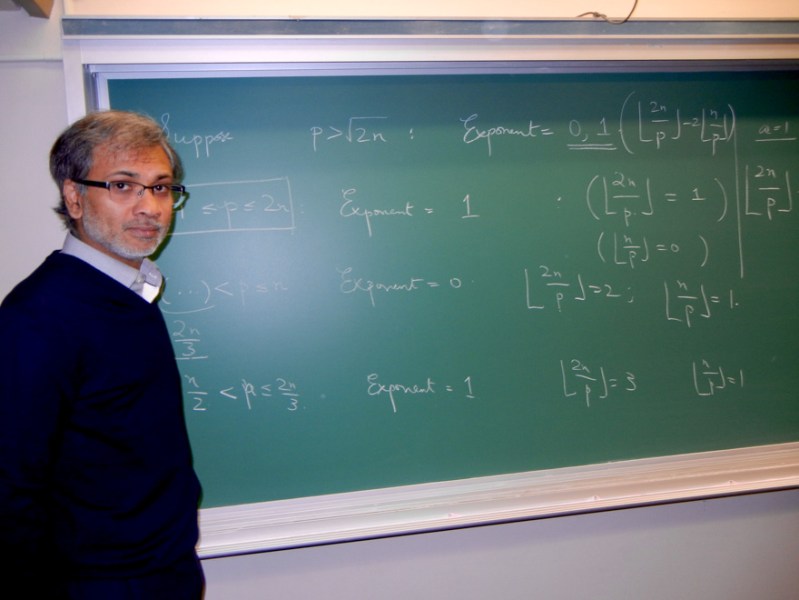In an attempt to attract more freshmen to theoretical mathematics, the math department expanded its offerings this school year.
Last fall, it introduced the MATH 60 “Modern Mathematics: Discrete Methods” series, which covers topics such as linear algebra and combinatorics, and re-branded the old MATH 50H series under the moniker “Continuous Methods.”
Oriented toward students who performed well in high school mathematics (including AP Calculus BC), the new offerings, which focus on proof-writing, have nearly doubled enrollment in honors mathematics, from 31 students in Autumn 2015 to 64 students in the new 60 series this past fall.
“We thought there was a need for something that showcases a different flavor of math, built more around ideas coming from algebra, number theory, combinatorics – things which are a core part of mathematics,” said Kannan Soundararajan, professor of math, who teaches MATH 62DM, the winter course in the new series.
In the past, the MATH 50H series suffered from enrollment attrition, often losing about 50 percent of those originally in the class midway through the quarter. While the continuation of the 50H series had similar enrollment trends this year, the DM series has not experienced loss in numbers.
“I don’t think there has been so much attrition,” Soundararajan said. “I think it started at around 30 [students] and was pretty stable throughout.”
The math department has also committed to making the new courses accessible to students without proof-writing experience, offering three extra sessions on the topic early in the fall quarter.
“There were definitely students in the class who had not seen much math before and continued to the very end,” said Lisa Sauermann M.S. ’16, a teaching assistant for 61DM who co-led the proof-writing lessons. “They worked hard and were very successful.”
However, Patrick Revilla ’20, a student in the DM sequence, maintained that the courses would likely be difficult for a student without experience with proofs.
“There were two or three [problem sets] that had questions that would take me a couple hours of thinking just to figure out how to approach [them],” Revilla said.
“At the end of the day, what’s important is not that students become math majors,” said András Vasy, professor of math, who taught fall quarter’s CM class. “But that they learn math and that they are interested in math.”
Contact Nic Fort at nfort ‘at’ stanford.edu.
